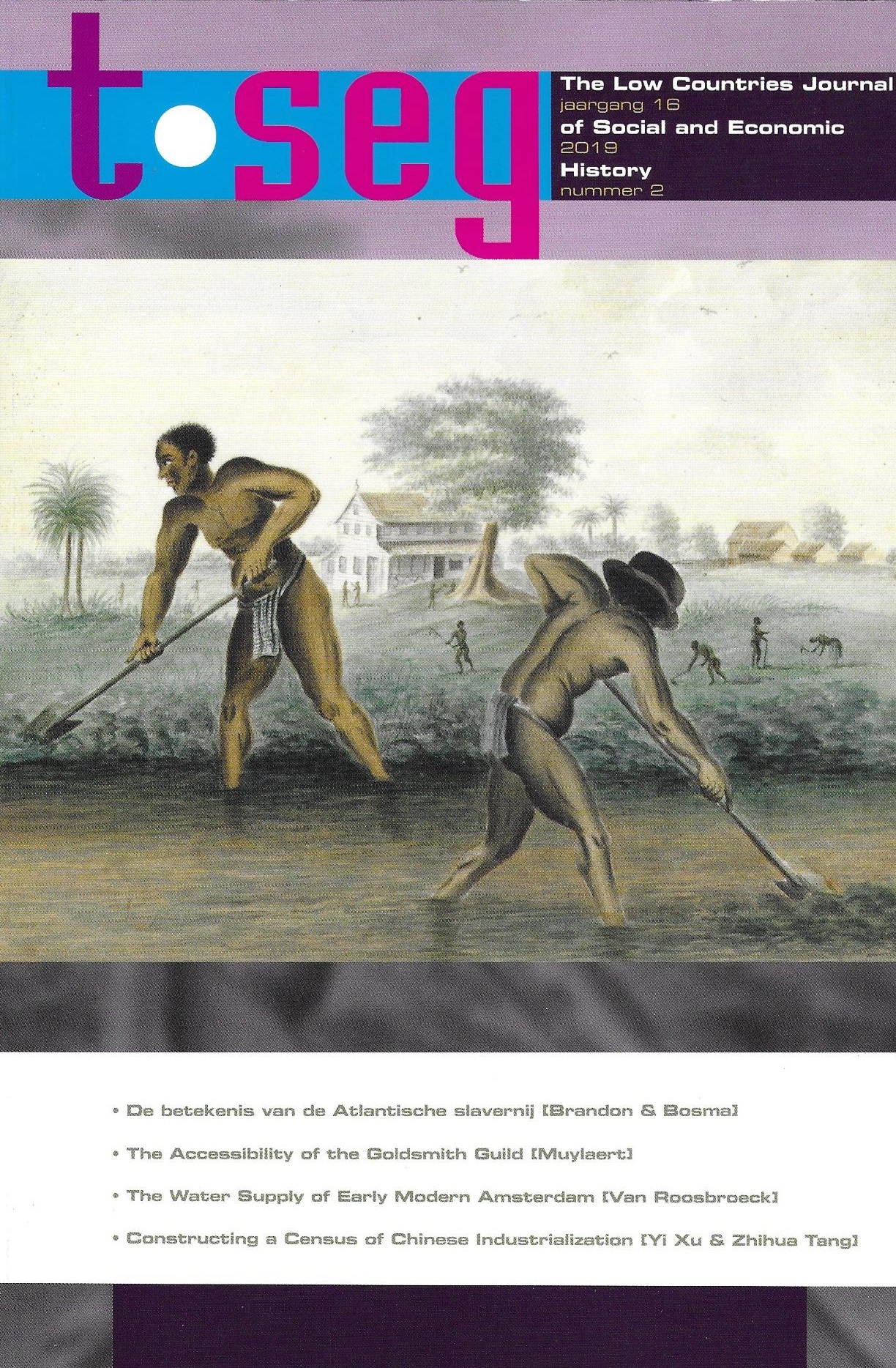The water supply of early modern Amsterdam: A drop in the bucket?
DOI:
https://doi.org/10.18352/tseg.1081Keywords:
Amsterdam, water supply, drinking water, brewers, technologyAbstract
It is often suggested that early modern Amsterdam was a thirsty city, in dire anticipation of the technological solutions that would finally provide it with the necessary quantities of potable water in the nineteenth century. However, a piped water system would have been technologically possible even a century before it was finally implemented, and in 1748 was even explicitly considered, but rejected as too inflexible and too vulnerable to sabotage. I consider this decision in its context, and show that while Amsterdam’s system of provisioning changed throughout the early modern era, it was nonetheless able to meet the requirements of the city’s population and its government.
Downloads
Published
Issue
Section
License
Copyright (c) 2024 Filip Van Roosbroeck

This work is licensed under a Creative Commons Attribution 4.0 International License.






